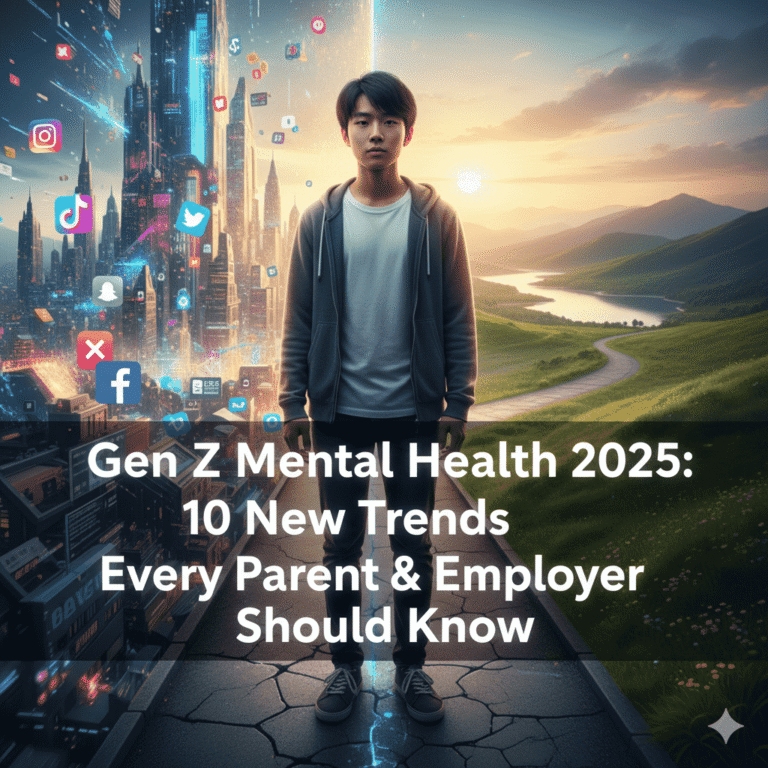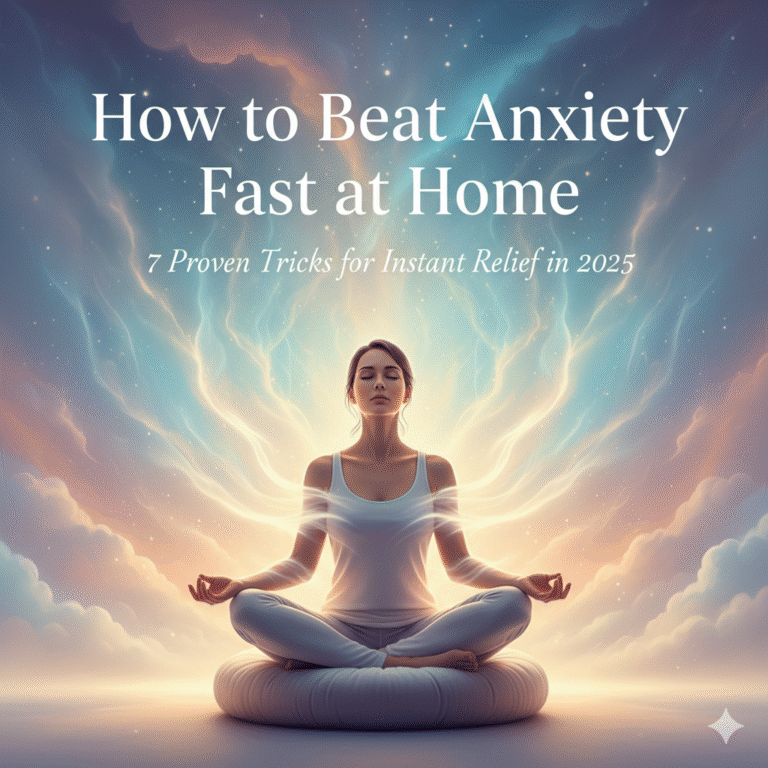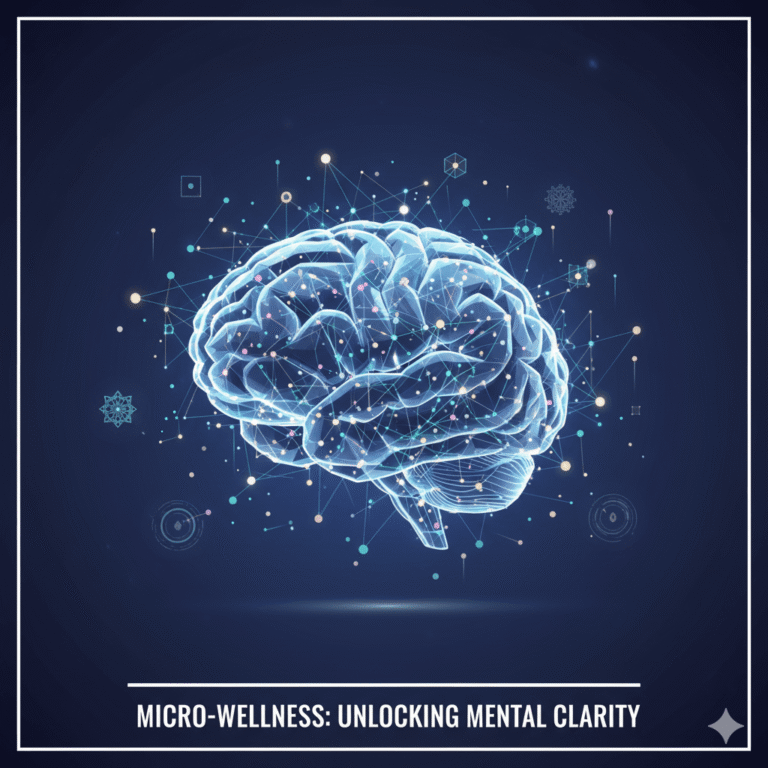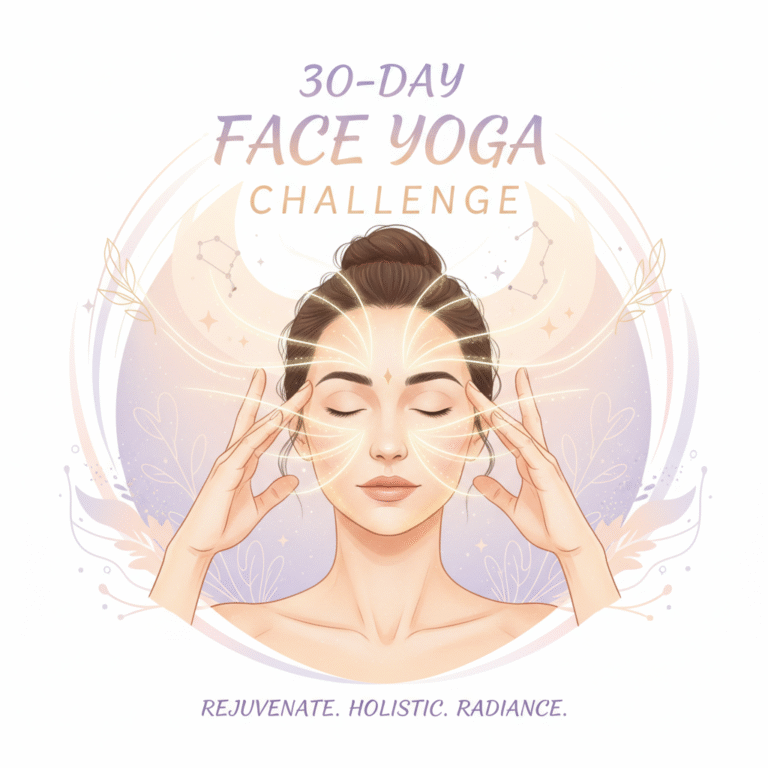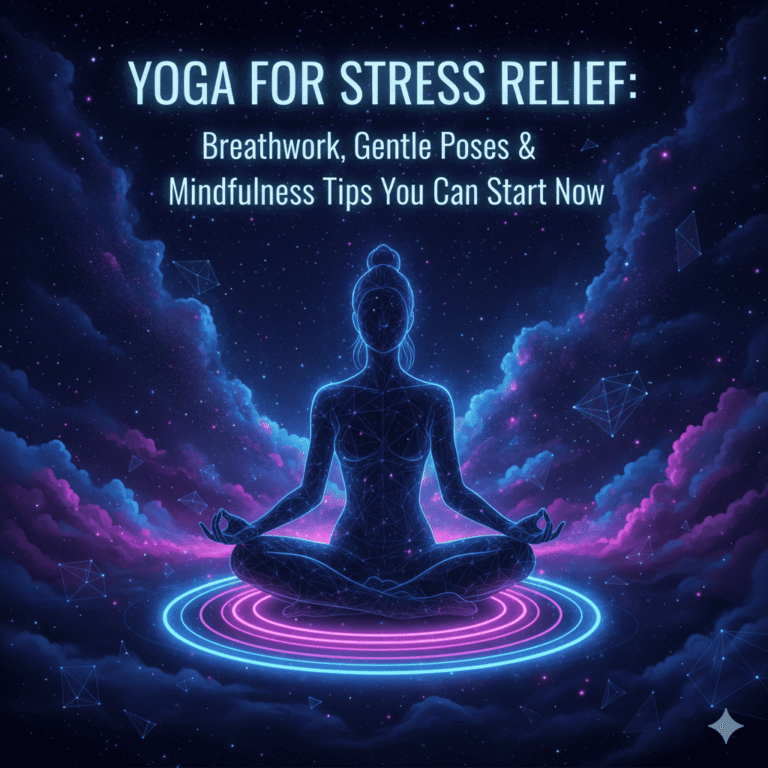
In today’s world, mental health discussions are becoming more open, but confusion still surrounds terms like major depression and sadness. Many people believe they are the same thing. In reality, they are very different experiences, with different symptoms, severity, duration, and treatment needs. Understanding the difference between depression and sadness is not just important—it’s essential for identifying when to seek help and how to support others. This article explains the key differences in depth, using verified mental health guidelines, so you can recognize when simple sadness crosses into something more serious like clinical depression.
What is Sadness?
Sadness is one of the most common emotional responses to difficult or painful life experiences. You may feel sad after losing a loved one, failing an exam, facing a breakup, or having a tough day at work. These feelings are entirely natural and are often short-lived. Most people experiencing sadness can still carry on with daily activities and eventually feel better with time, social support, or self-care.
Sadness doesn’t usually take over your entire emotional state. Even while you’re sad, you may still laugh at a joke, enjoy a favorite show, or find comfort in a friend’s company. It is a healthy emotional reaction that tells us something important happened and gives us space to reflect or heal. Sadness usually fades away when the triggering event is resolved or accepted.
What is Major Depression?
Major depression, or Major Depressive Disorder (MDD), is a serious medical condition that affects how a person feels, thinks, and behaves. Unlike ordinary sadness, major depression does not need a specific life event to trigger it. In fact, many people who suffer from clinical depression cannot point to one cause. Instead, the condition arises from a complex mix of genetic, biochemical, psychological, and environmental factors.
A person with major depression feels a persistent low mood, often accompanied by a lack of interest in activities they once enjoyed. This mental state is far deeper and more debilitating than normal sadness. It causes significant impairment in work, relationships, and daily functioning. In some cases, it can even lead to suicidal thoughts or behaviors.
Symptoms must be present nearly every day for at least two weeks to meet the criteria for major depressive disorder, and they must not be better explained by another medical or psychological condition. People suffering from depression often feel as if they are stuck in a dark tunnel with no exit. It is not something one can simply “snap out of,” and professional help is often necessary.
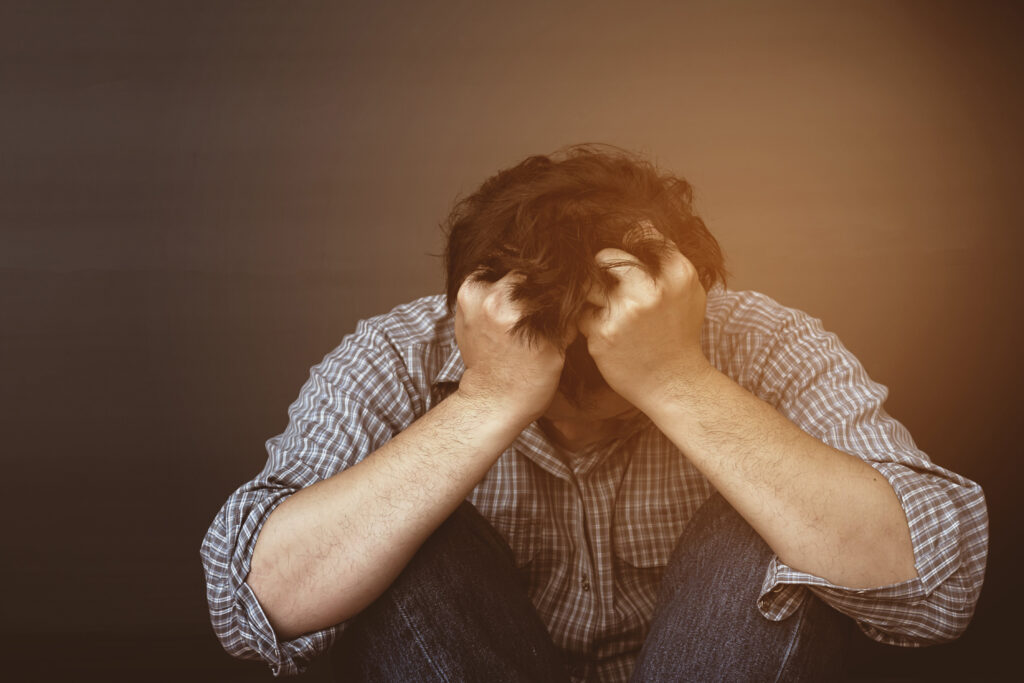
Comparison Table: Major Depression vs. Sadness
| Feature | Sadness | Major Depression |
|---|---|---|
| Trigger | Usually tied to a specific event or experience | May occur with or without a clear reason |
| Duration | Short-term; often fades in a few days | Persistent; lasts 2 weeks or longer |
| Intensity | Mild to moderate emotional discomfort | Severe emotional, physical, and cognitive symptoms |
| Functionality | Can still function normally in daily life | Daily life is significantly affected |
| Mood Pattern | Comes and goes, mood can lift temporarily | Mood remains consistently low throughout the day |
| Treatment Needed | Often resolves with self-care or time | Typically requires therapy, medication, or both |
Key Symptoms of Major Depression
A person experiencing major depression may show a wide range of symptoms that go far beyond feeling low. These symptoms persist over time and often worsen without treatment. Some of the most common signs include:
- Persistent sadness or emptiness that doesn’t improve, even when positive things happen.
- Loss of interest or pleasure in activities once enjoyed, including hobbies, socializing, or intimacy.
- Sleep disturbances, such as insomnia or sleeping too much.
- Noticeable changes in appetite or weight, either gain or loss.
- Fatigue or lack of energy that makes even simple tasks feel exhausting.
- Feelings of worthlessness, guilt, or self-blame, often without a clear reason.
- Difficulty concentrating, thinking clearly, or making decisions.
- In severe cases, thoughts of death or suicide, or actual attempts.
These symptoms are not just emotional. Many people experience physical symptoms, such as headaches, body aches, or digestive problems that don’t respond to regular treatment. The intensity and combination of these symptoms make clinical depression a serious and potentially life-threatening condition.
Short List: How to Know It’s More Than Sadness
Here’s a quick checklist that can help you identify when you or someone else might be experiencing something deeper than everyday sadness:
- The low mood lasts more than two weeks and shows no signs of improving.
- You lose interest in activities you used to enjoy, including your favorite hobbies or people.
- Daily tasks feel overwhelming, like showering, working, or even getting out of bed.
- Sleep and appetite are disturbed, either increasing or decreasing significantly.
- You experience thoughts of self-harm, hopelessness, or suicide.
If multiple points apply to you or someone you care about, it’s time to seek professional help.
How Long Does Depression Last?
One of the clearest differences between sadness and major depression is the duration of symptoms. Sadness generally improves with time or after the stressful situation is resolved. Most people recover emotionally within a few days or weeks without any intervention.
In contrast, major depression can last for weeks, months, or even years if left untreated. According to mental health guidelines, an official diagnosis of major depressive disorder requires symptoms to be present for at least two weeks. However, many people experience depressive episodes that stretch on much longer.
Some individuals suffer from persistent depressive disorder, a chronic form of depression where symptoms linger for two years or more. Depression is often cyclical as well, meaning it can come and go throughout a person’s life.

What Causes Depression?
There is no single cause of clinical depression, and it often results from a combination of biological and environmental factors. Brain chemistry plays a significant role; imbalances in neurotransmitters such as serotonin, dopamine, and norepinephrine can affect mood regulation.
Genetics can also increase the risk. If you have a family history of depression, your chances of developing it are higher. Life events like trauma, abuse, divorce, job loss, or chronic illness can also trigger depression. Social isolation, lack of support, and long-term stress are common contributors as well.
Even physical health conditions such as hormonal imbalances, chronic pain, and sleep disorders may lead to depression symptoms. Unlike sadness, which usually has a clear emotional trigger, depression can arise without any visible cause.
When to Seek Help
It’s not always easy to know when it’s time to reach out, but knowing when to seek help for depression can be life-saving. If symptoms interfere with your ability to work, maintain relationships, or take care of yourself, don’t wait. Professional help can make a world of difference.
Many people ignore their symptoms or try to “tough it out,” hoping things will get better on their own. But depression is a medical condition, not a weakness. Just like you would seek treatment for a broken bone or an infection, you should also seek help for emotional and psychological pain.
Early intervention improves treatment outcomes. The sooner you get help, the faster you can recover. Whether it’s therapy, medication, or lifestyle changes, there are effective options that can help you get back on track.
Treatment Options for Major Depression
Treating major depressive disorder is possible, and millions of people recover each year with the right support. The first step is often an evaluation by a mental health professional, who will determine the severity of your condition and suggest a suitable treatment plan.
Therapy is a cornerstone of treatment. Cognitive Behavioral Therapy (CBT) is particularly effective, helping people change negative thinking patterns that contribute to depression. In some cases, medication such as antidepressants is also recommended. These drugs balance brain chemicals and can significantly improve mood and energy levels.
Lifestyle changes are another important part of treatment. Regular exercise, proper sleep, and healthy eating habits can help regulate mood. Mindfulness practices such as meditation and journaling may also reduce symptoms.
In severe or treatment-resistant cases, other methods like Transcranial Magnetic Stimulation (TMS) or Electroconvulsive Therapy (ECT) may be used. These are safe and effective options for people who haven’t responded to traditional treatments.
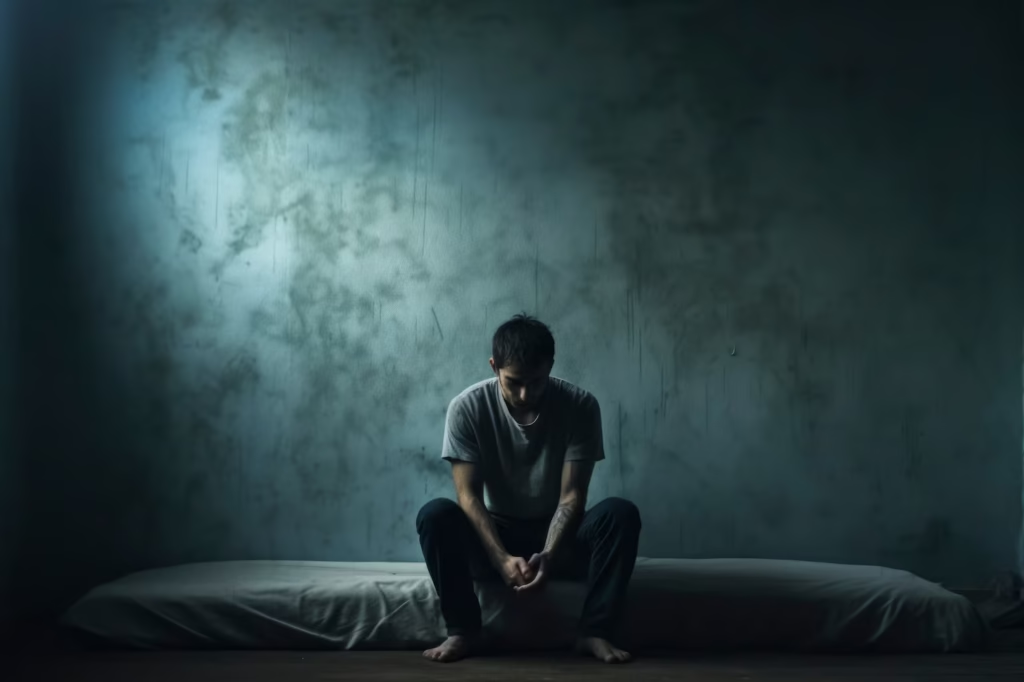
Conclusion
In the debate of major depression vs sadness, the key takeaway is this: sadness is a natural part of life, but depression is a serious health condition that needs attention. If you or someone you care about is struggling with more than temporary feelings of sadness, it’s crucial to recognize the signs and take action.
Don’t ignore prolonged symptoms, especially if they disrupt your daily life. Depression is treatable, and no one needs to suffer in silence. Talking to a therapist, connecting with support groups, and making small lifestyle changes can all contribute to healing.
How long does major depression last compared to sadness?
Sadness usually fades in a few days or weeks, but major depression symptoms last at least two weeks and can persist for months or years without treatment.
When should I seek professional help for depression?
If low mood affects your daily life, causes loss of interest in activities, disrupts sleep or appetite, or you have thoughts of self-harm, seek help immediately.
Can sadness turn into major depression?
Yes, if sadness persists for a long time and starts impacting daily functioning, it may develop into major depression, and professional help may be needed.
Is major depression treatable?
Absolutely. Major depression can be effectively treated with therapy, medication, lifestyle changes, and support from mental health professionals.

